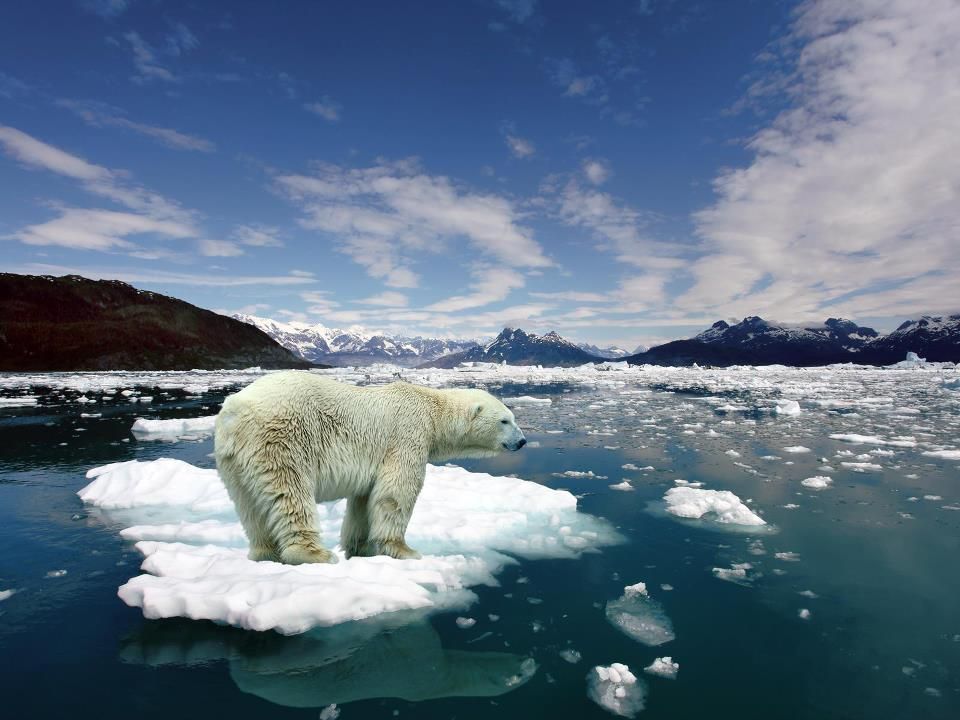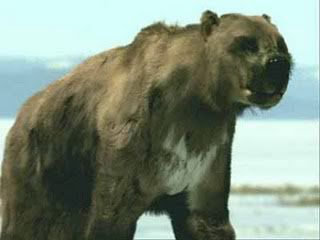Post by grrraaahhh on Jun 20, 2012 17:11:47 GMT -9

Text Extract
"At one time, it was suggested that there was a gradient in the size of polar bears across the Arctic, with the smallest ones occurring in the area of Svalbard and becoming larger as one progresses west to the Bering and Chukchi seas. If this was true, one might expect that sizes might become smaller again as one proceeded from the Bering seas across northern Russia back to Svalbard. However, with the benefit of more research and larger sample sizes, it is clear that the proposed cline was not real and probably resulted from small sample sizes or possibly the way the samples were collected from each area. For example, many of the skulls measured from Svalbard were collected at a time when the population was heavily overharvested, so the bears may not have reached their full growth potential before being killed. In the Bering Sea, a large number of skulls were collected from bears that were being killed far off shore in a highly selective hunt that used small planes to find the biggest trophy bears. The tendency would be for these bears to be larger on average. The principal weakness of the earlier studies on geographic variation in size is that they were also done before accurate methods of age determination were developed. Thus, comparisons could only be made between pooled samples of adults representing a variety of ages. The skulls of adult continue to grow very slowly for several years after they reach maturity. Thus, a more rigorous comparison of the size and growth rates of bears from different areas had to wait until enough measurements were available from bears of known ages so age-specific growth curves could be compared."
Source: Polar Bears: A Natural History of a Threatened Species. Ian Stirling, 2011. Fitzhenry & Whiteside Press. pp331.
To be continued....

